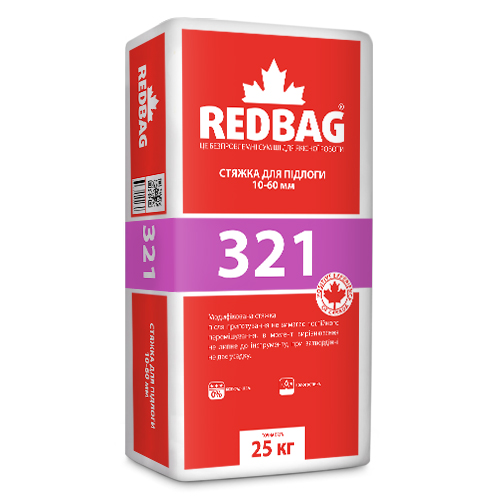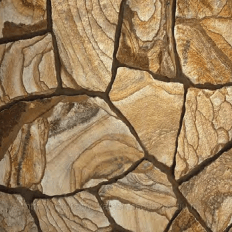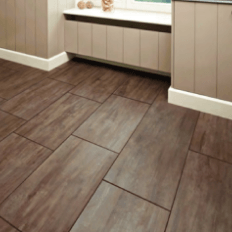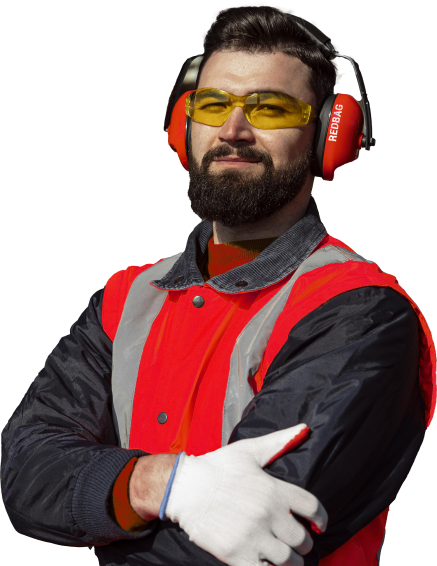REDBAG 321 is intended for arranging floor screeds with a layer thickness of 10 to 60 mm on rigid bonded bases inside buildings. Recommended for making sloping floors; for preparing bases for leveling mixtures, as well as for laying ceramic coatings. Compressive strength 15 MPa (M150).
Attention! For floors with water heating and floors on separating layers, as well as outside buildings, the REDBAG 322 mixture should be used. For floors with electric heating and floors on “floating bases” (heat and sound insulation layer), the REDBAG 324 mixture should be used.









